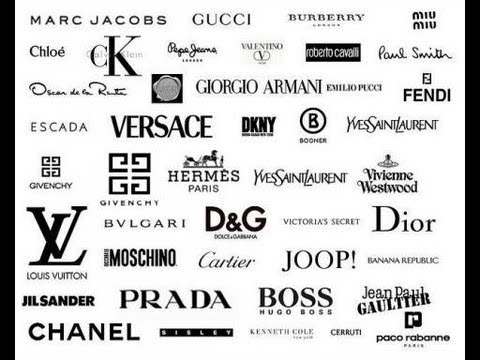Fashion Brands That Snub Multi-Brand E-tailing Do So At Their Own Peril
Fashion Brands That Snub Multi-Brand E-tailing Do So At Their Own Peril
by Moritz Hagenmüller , Richard Wolff , September 29, 2017
Once, exclusivity was a viable marketing option for fashion brands. Mono-retail distribution strategies were attractive because they offered companies complete control over how their goods were marketed. Today, however, fashion retailers have little choice but to broaden their distribution strategies if they are to survive.

The figures speak for themselves: In 2016 in-store sales slumped by 2% in the U.S, and 3% in the UK. At the same time, e-commerce sales grew rapidly: by 19% in the U.S and 7.5% in the UK. Significantly, much of this growth has been driven by multi-brand retail sites such as Amazon, ASOS and Net-a-Porter, which provide consumers with the convenience they crave. Even excluding the giant that is Amazon, multi-brand sites accounted for nearly 3.6 million unique visitors in January 2016, compared to just 600,000 for mono-retail sites.
There is something of an open goal here: fashion retailers can easily boost their sales by embracing a multi-retail strategy online. However, it appears that most mid-market retailers are sticking to their own online channels. While some 94% of retailers now have an online presence, less than a quarter have embraced multi-brand e-tail platforms.
In today’s digital environment, no retailer can go it alone. Linking to strong online platforms is essential not just to success, but to survival.
So, how can fashion brands put in place a successful multi-brand e-tail strategy? First, companies must look to take control of their shopping presence by controlling their online storefronts and actively managing stock flow from the wholesale channel. This includes developing a strategy for selling on sites like Amazon and participating in emerging platforms such as Farfetch (a multi-brand marketplace of luxury goods) and 24 Sevres (a multi-brand e-tailer from LVMH group).
The key here is that the multi-brand approach delivers more control to the retailer and empowers the brand. Breaking out of the mono-brand mind-set allows retailers to build strategic partnerships that help grow their customer base, increase brand reach and, ultimately, drive sales.
For businesses unsure about how to get their multi-brand e-tail strategy under way, there are three initial steps:
1. Gain more control of branding and pricing.
Participate in the partner programs offered by multi-brand e-tailers. Through these programs, you will be able to provide content, merchandising and promotions that link to the e-tailer’s platform to drive transparency into inventory levels. So, for example, if a consumer orders a pair of sneakers that the e-tailer doesn’t have in its inventory, the order can be passed through to the manufacturer and fulfilled seamlessly by the brand.
2. Develop new online distribution skills and capabilities.
Improve your skills in areas such as analytics, campaign management and search optimization. Clarify the roles within the business and reshape your teams accordingly. In-store sales teams should, for example, be closely connected to the online team, but clearly differentiated to utilize the full potential of third party e-tailers.
3. Put in place new stock management strategies.
With wholesalers and third-party e-tailers in the mix, stock can be sold at discounted prices, which can lead to degradation of brand perception. To mitigate the effect, brands need to more proactively manage partners, and offer terms that protect the integrity of their pricing and stock.
It is clear that while mono-brand strategies work well in the bricks-and-mortar world, they cannot be sustained in the online world without significantly affecting sales. Fashion brands therefore have a clear choice to make: embrace multi-brand e-tail platforms or risk being left behind.
MediaPost.com: Search Marketing Daily
(402)












